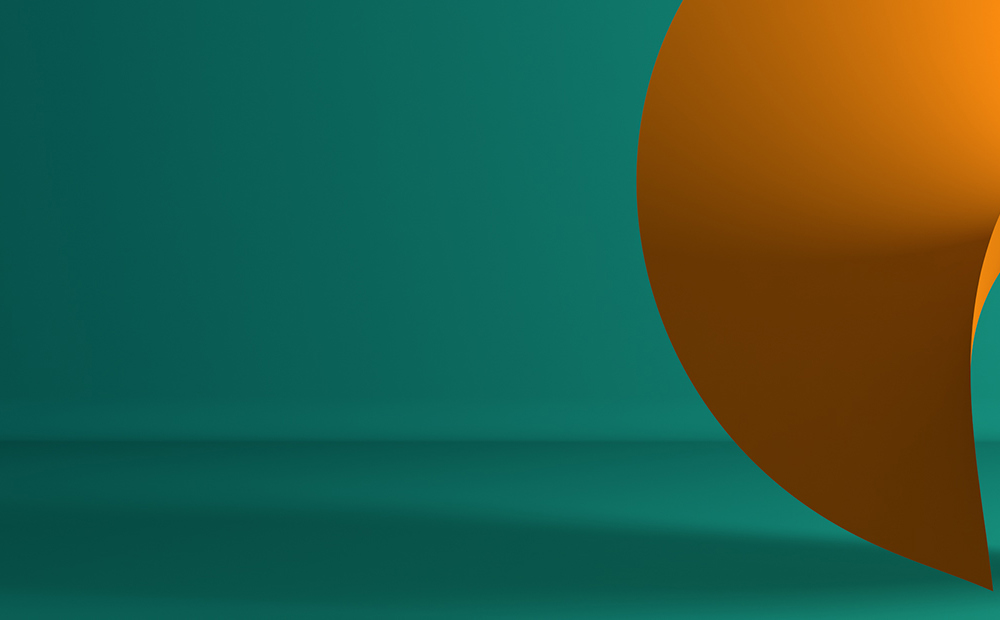
7 Minutes on Markets - Q1 2021 Market Update
In our latest podcast, 7 minutes on markets, Ahmer Tirmizi, Senior Investment Strategist, and Terence Moll, Chief Investment Strategist, discuss the state of the markets and the changes we are making in our portfolios, including how we navigated our way through a turbulent 2020 emerging with a positive story to tell.
Ahmer: Hello everyone and welcome to another 7 minutes on markets with 7IM. I’m Ahmer Tirmizi, Investment Strategist here at 7, and I'm joined by my colleague and Head of Investment Strategy, Terrence Moll. We record this, yet again, under another UK lockdown. Cases continue to surge in the UK, hospitals are under pressure and a state of emergency has been declared in London. There are calls for even tighter restrictions as well. So when it comes to the general population, we appear to be in a period of maximum fear right now. But when you look at our portfolios, we are instead positioned for a reopening and a recovery of the economy. We have been since the beginning of last quarter and that's performed pretty well as well, equities are up around double digits since then. So how is it that positioning for a re-opening and a recovery of the economy, at a time when some economies are going back into a lockdown, has turned out to be the right call? I think to understand that, you do need to go back to the beginning of the COVID recession and right back to when we at 7 were forming scenarios. Terrance this is something that you were involved in from the start, wasn’t it?
Terrance: Very much so, yes. The way that we see it, scenarios are a powerful way to think about the world. So the idea is that if we are in a difficult situation with lots of uncertainties, we shouldn't just focus on the single most likely possibility, but you'd rather look at the full range of possible outcomes and this can include some that are quite unlikely. So back in March last year, we knew that COVID was going to hammer economies everywhere, but the real question was, how bad could the outcomes be? We developed four scenarios. Roughly for 2020/21 with the labels going from L to V+. The letters are like shapes on a chart which describes the trajectory of the post virus recovery. Going from bad to good, L was where a global economy crash is and doesn't recover for a really long time, through to V+ in which it crashes but recovers fast. So the first question we asked ourselves was “How bad could things be?”. Ahmer, as I recall, you lead the way in analysing this.
Ahmer: Yes, so the first question we ask ourselves, as you say, “How bad could this get?”. While lockdown has felt indefinite, there was another variable to consider, fiscal stimulus. There were two crucial aspects to the fiscal response and the Central Bank response by the way, is that it was big and it was quick. To give you a sense of both the scale and the speed, it was around three times as much as the financial crisis. But also remember what happened during the financial crisis in 2008, most of the money that governments and central banks spent, was on bailing out banks. It was money that never made it into the real economy. This time however, it was money straight into people’s accounts. In America, they literally wrote cheques for people and dropped it into their accounts. In the UK we had furlough schemes and mortgage holiday payments, across Europe they had very similar goings on. And the impact was stunning, there was a huge surge in global spending power and this helped put a floor on the economy and helped the first phase of that economic recovery. Because we understood this, we felt comfortable rebalancing our portfolio. That is, we sold the best performing defensive assets and we added to the worst performing growth assets back in March. As we went through the year, we approached the other scenarios in the same fashion. We went through each one, one by one, and we asked how likely they were and we struck them out.
Terrance: So the next question for us was “what was the likelihood of a u-shaped outcome?”. In other words, a slow drawn out recovery like after the 2008 financial crisis. We concluded that this was not likely because of the uneven impact of COVID. What we found looking at the numbers, was that those sectors that create the most jobs in the economy, have remained open. Like technology and real estate, manufacturing, working from home and the likes. Instead, while COVID has been bad, the COVID recession has hurt sectors that don’t create that many jobs, like in travel, tourism and recreation. For instance, five times as many people work in used car dealers than in the airlines industry. So in April last year, we concluded that the world economy was not in disastrous shape and a u-shaped scenario was unlikely. So we added risk to portfolios by buying cheap credit markets. Through the course of the summer, the stimulus packages as Ahmer mentioned ended up being quite successful, so global households had lots of money to spend and our work on the virus in summer suggested that we’d see lockdowns being eased faster than expected and so a V or V+ outcome looked increasingly likely. In the third quarter, we took profits on credit and started buying US value stocks and emerging market equities, which we do well from a global upturn. We have since added global smaller companies stocks, which should bounce as economies open up again. The vaccine news in early November, was an early shot that our portfolios were waiting for, providing strong support for a V+ scenario. But an important point, we aren’t just focusing on one single set of outcomes.
Ahmer: Yeah that is a good point Terrance. We do think it's right to be tilted towards this scenario, that is most likely, as you mention, we think economies are going to re-open somewhere between the summer and autumn, maybe around that time. We also think it’s right to remain diversified. We still hold onto defensive positions, things like alternatives and healthcare. Just in case that L shaped world does transpire, we also still see some opportunities in some credit markets, places like US mortgages and in Asian High Yield for that V and U type of world. But again, we think it’s appropriate to make sure that our clients benefit from a V+ world. But that is we manage money at 7IM. We put a lot of work into forming our views and tilting our portfolios towards that view. But above all, we remain diversified, because we think that the risk to our clients’ portfolios are the most important thing to manage. I think that’s it for today, this has been 7 minutes on markets with 7IM. Thank you all, and we’ll see you next quarter.
I confirm that I am a Financial Adviser, Solicitor or Accountant and authorised to conduct investment business.
If you do not meet this criteria then you must leave the website or select an appropriate audience.



